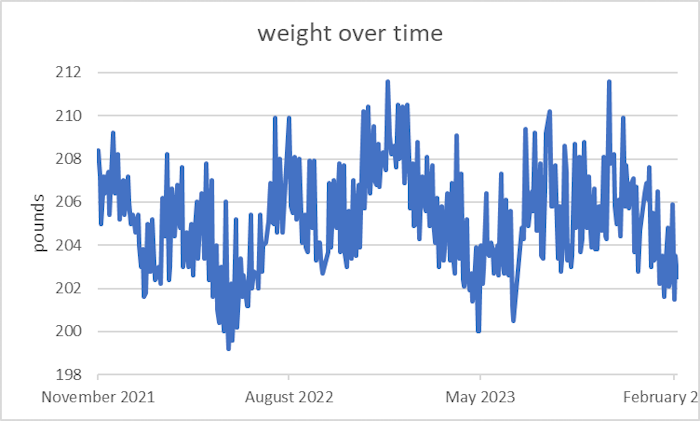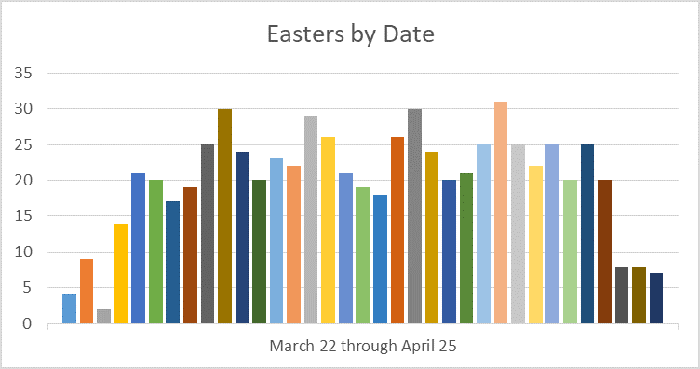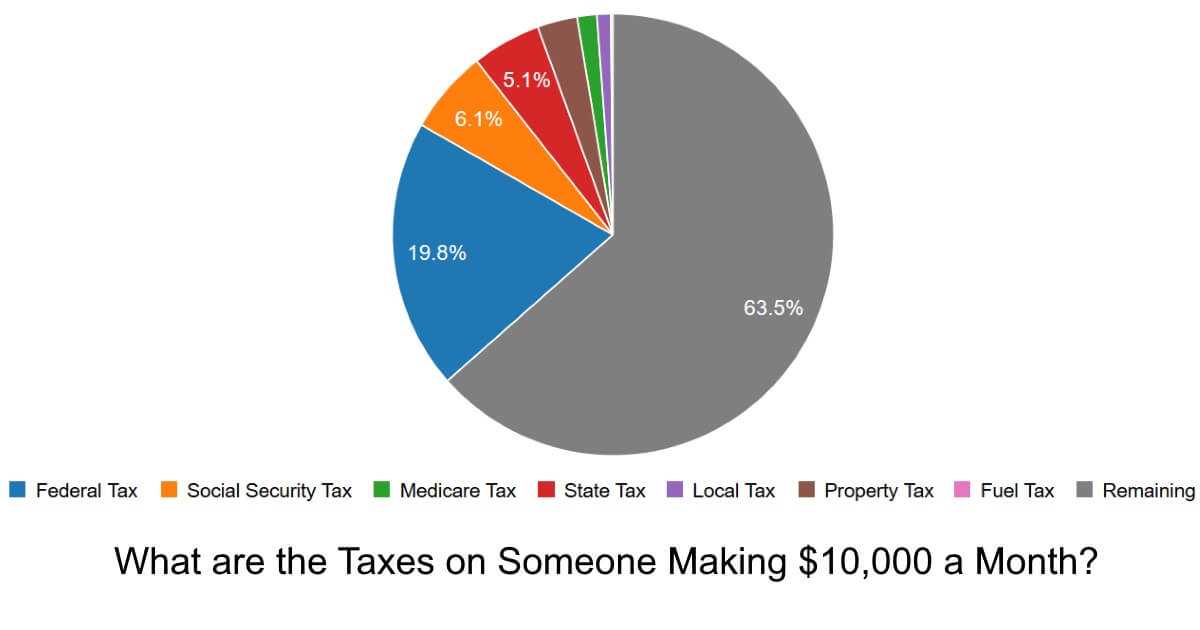Comparing Our Health Insurance Options for 2024
It’s open enrollment season, which means it’s time for my wife and I to select our health insurance for next year.
Does Friday the 13th Happen More Often in October?
Not only is today Friday the 13th, it’s also October. And I don’t know about you, but I feel as if a disproportionate amount of Friday the 13th’s happen in October.
More Time Doesn't Mean Better; More People Doesn't Mean Quicker
If something takes more time, that means it involves more effort, right? And if you want something done quicker, just add more people, right? Right…?
3D Colorspace Geometry
The Rules for Calorie Content on Nutrition Labels - And Why You'll Never See 107 Calories Per Serving
Time as Distance
How Frequently Does Easter Occur on Each Date?
What is the Total Number of Gifts in the 12 Days of Christmas?
The Three Lighthouse Math Problem Visualized

I was playing around on the new Mix.com social media website and came across this click-bait article from MentalFloss: This Math Problem for 8-Year-Olds Left Parents Stumped. The problem, which I’ll repeat below, turned out not the be that complex. I have no idea why it “left parents stumped.” That said, I’m a sucker for math problems, and I wanted to explore the question further.
The Math Behind The Shockingly Simple Math Behind Early Retirement
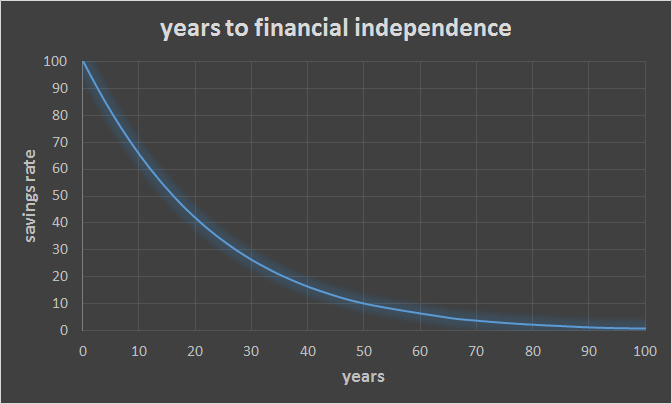
One of the more popular articles in the financial independence blogosphere is Mr. Money Mostache’s The Shockingly Simple Math Behind Early Retirement. If you haven’t read it, check it out. While I found it interesting, I think that the simple math is lacking, well, math, so I wanted to dig a bit deeper and figure out where the numbers came from.
Let's Complicate Things
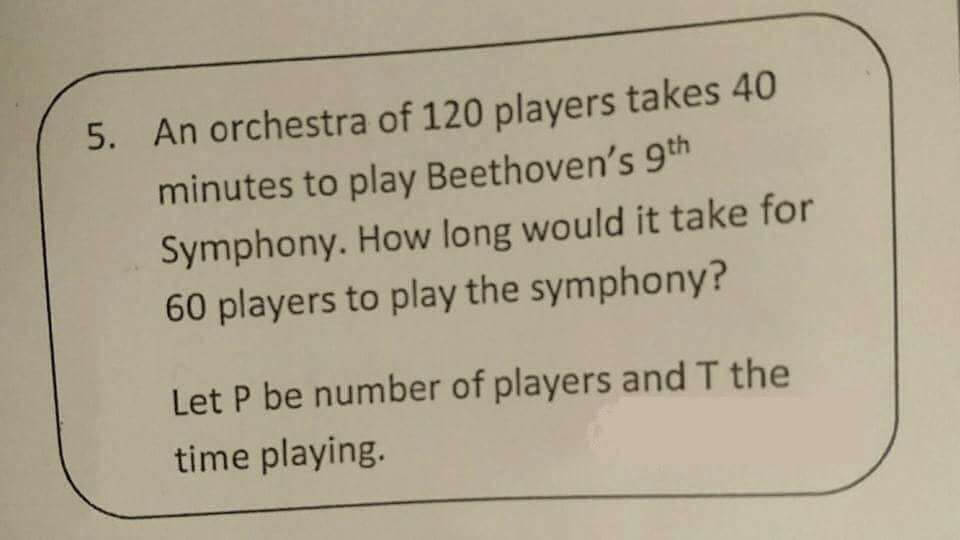
An old “ridiculous” math problem about how long it takes an orchestra to play Beethoven’s 9th that went somewhat viral on Twitter and elsewhere a year or so ago made me think about less-obvious problems in math word problems.
Number Nerd Holidays

I’ve been pretty successful selling t-shirts on Amazon these past few months. I normally only sell one, maybe two shirts per order, but one particular order caught my eye. I sold eight of these Euler’s constant t-shirts on January 15th. Cool, easy money. When February 7th rolled around, Wikipedia shared on their Facebook page that it was Euler’s Constant Day.
Living off the Interest
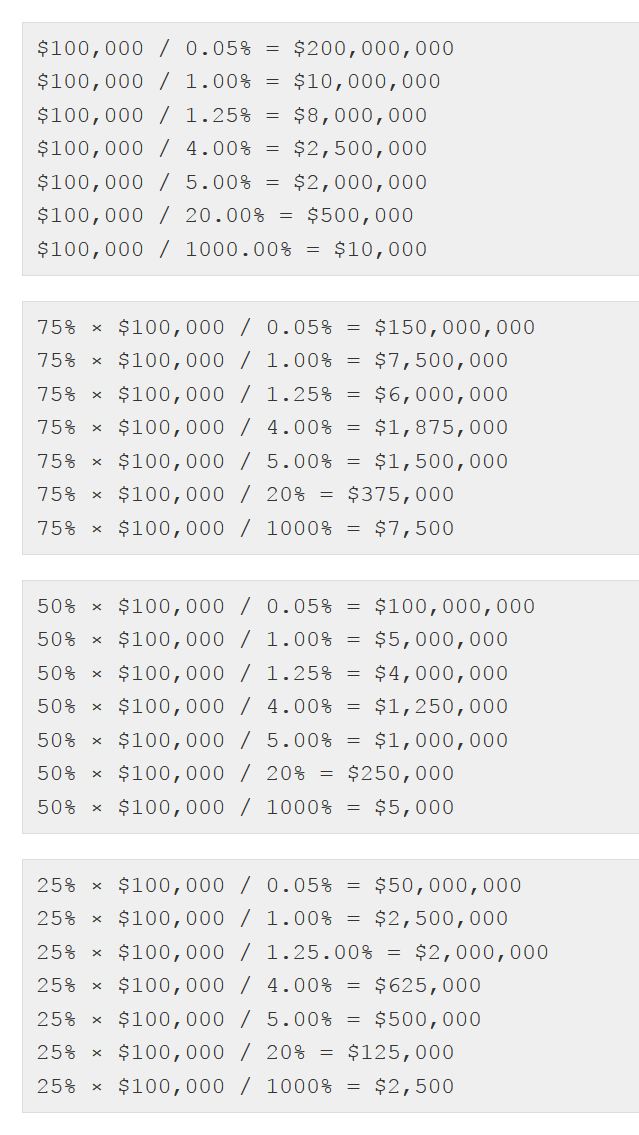
A common topic of conversation is what people would do if they won the lottery. People often dream of winning it big any buying big houses, nice cars, and quitting their jobs. My brothers and I weren’t immune to this topic, however, we often would have another answer as to what to do with lottery winnings: put it in the bank and live off the interest.
Correlation: Does Order Matter?
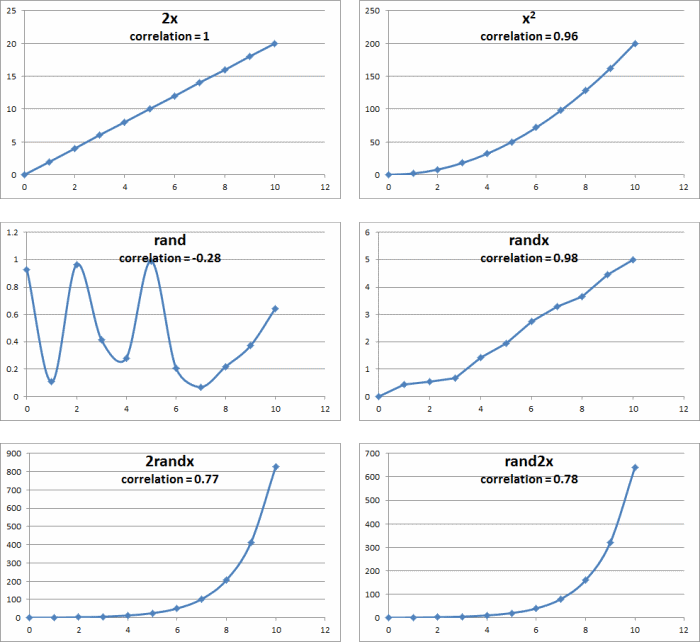
One of the more interesting and important parts of studying two different sets of data is to see if they are correlated. It might make one wonder if the order of the data matters. In this blog post, I show with three different methods - by an empirical example, by looking at the correlation function, and visually - why the order doesn’t matter so long as each data point is matched to the same datapoint each time.
What are the Taxes on Someone Making $10,000 a Month?
Issue 9 Dayton Income Tax Increase - Nov 8 2016 Election Ballot
The City of Dayton is asking is residents and workers for another 0.25% of their income this November. Currently the rate is 2.25% - one of the highest in Ohio - so, if the tax is passed, the rate would climb to 2.5%.
 Charting the Snowball Method of Paying Off Debts
Charting the Snowball Method of Paying Off Debts
 Family Tree: Age Statistics III
Family Tree: Age Statistics III
 Family Tree: Age Statistics II
Family Tree: Age Statistics II
 Family Tree: Age Statistics
Family Tree: Age Statistics
Just a bar chart, the five-number summary, and the average of known ages in my family tree.
Increasing the Wage, part 2
An updated table from the previous post plus two more scenerios.
Increasing the Wage
Just a table on what the effect of increasing a wage would be. It is assuming that it takes one hour to make one loaf of bread.
